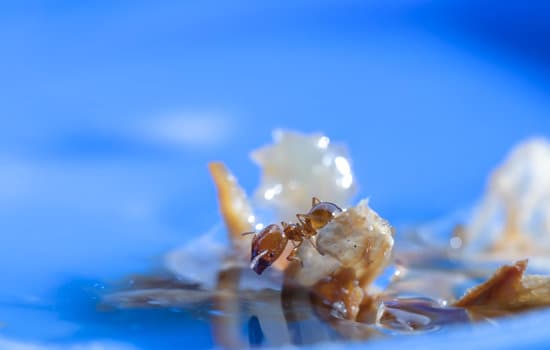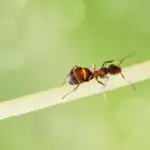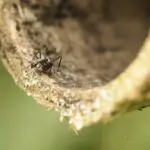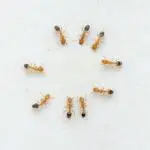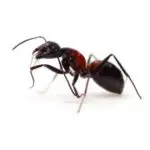How Do Ants Go Dormant in the Winter?
Despite their cold blooded nature, ants have very interesting ways of survival. They use the environment to regulate their body temperature. They also rely on fat stores and carbohydrates in the fall to prepare for the winter.
During the fall, most species of ants consume large amounts of food. They then store fats, carbohydrates, proteins and spores. This will allow them to stay warm through the winter.
In the winter, ants go dormant. They don’t move around much, and they don’t appear at the nest entrance. They also don’t produce eggs or eat or drink. This metabolic state is called diapause. It is a slow process and uses very little stored energy.
During the winter, ants have to find a warm place to hibernate. They do this by burrowing under the bark of trees, rocks, or soil. They also keep warm by clustering together. These are the only ways that ants can survive in the cold.
They do this by building special tunnels. Their bodies are able to generate heat through glycerol conversion. This process prevents the formation of ice crystals in their bodies.
Some ant species are more active during the spring and summer. They may enter your home in search of food or water. They may also infiltrate businesses. They may nest in insulated walls, beneath sidewalks, or near heaters.
They may also choose to hibernate in a tree nest. During the winter, ants build special tunnels to retain body heat. They also close off the entrance to their nest. This will keep out predators.
